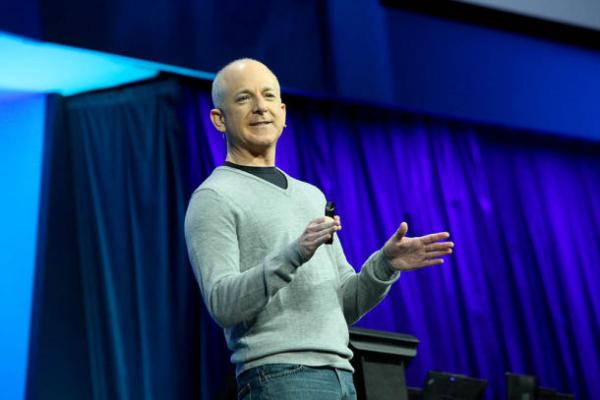Now that Steven Sinofsky has left Microsoft as President of the Windows division, the question now comes down to what happened and the implications his departure means for the company.
Microsoft issued a statement today that Sinofsky and CEO Steve Ballmer mutually agreed to the departure. My bet: Sinofsky does not fit with the company in the aftermath of the Windows 8 launch. He did okay with the development of Windows 8 and Microsoft Surface. But by no means did it cement his place as the successor to Ballmer as CEO.
Further, Sinofsky could be alienating. He was also a bit of an outsider among the executive ranks. He had his supporters for his management style but there were detractors whose comments reflect on what Ballmer said in prepared statements today about Sinofsky leaving.
Here’s what one commenter said on Hacker News:
He was a big fan of the triad- Dev, Test & PM (product management), at every level. From what I experienced, at every level you’d have to get sign-off from all 3 for any features to be implemented. That, combined with Microsoft’s incredibly deep org structure created a massive number of ‘committees’ to go through to get signoff for any work to be done.
He was also one to dictate things from up above and it was extremely difficult to understand the reasoning behind them or offer any form of disagreement. Anyone who didn’t follow exactly what he wanted, was out.
So basically you’d have committees of 3’s (Dev, Test, PM) filtering and relaying every decision. The people who could work the politics would get promoted and the people who understood the details would get frustrated by the top-down ambiguity and falter or leave.
So was Sinofsky just too abrasive and austere? Another commenter on Hacker News said this about his time at Microsoft:
He was always polarizing and that his stock was rising is equally contentious, IMO. Windows 8 was late, Surface seems to be underwhelming and his inability to be a real team player are all likely factors here, as is his rumored disagreement with Ballmer (though I had Ballmer on the losing end of that one)…..
Personally, Sinofsky was one of the biggest reasons I left Microsoft. He was willing to ditch potentially game-changing products/features spanning multiple industries because it didn’t align with his idea of software engineering, which was more suited for boxed software like Office than for rapidly deploying services. He didn’t/doesn’t get services – he’s a boxed software guy at his core. All the Office Live stuff happened after he left Office – arguably he should have seen it coming and been ahead of the game while he was running Office.
These comments are interesting in context of what Ballmer himself said today about the need for better development practices at the company. He said it is “imperative that we continue to drive alignment across all Microsoft teams, and have more integrated and rapid development cycles for our offerings.”
Julie Larson-Green will now lead the Windows engineering group. Ballmer cited skills in her that Sinofsky does not seem to have as much of a strength for:
“Leading Windows engineering is an incredible challenge and opportunity, and as I looked at the technical and business skills required to continue our Windows trajectory — great communication skills, a proven ability to work across product groups, strong design, deep technical expertise, and a history of anticipating and meeting customer needs — it was clear to me that Julie is the best possible person for this job, and I’m excited to have her in this role,” Ballmer said.
The near-term implications for Sinofsky’s departure are not that significant. It’s more about what Sinofsky’s leaving means for the executive direction of Microsoft and the health of the overall organization and its culture.
Ray Wang of Constellation Research said to me tonight that Microsoft has a deep bench. Windows 8 launched and now it’s a matter of rolling it out along with the Microsoft Surface. The company has plenty of people who are more than qualified to do that work.
But at the executive level, there are few people who can replace Sinofsky. As much as he was alienating, he also had his own cult following at Microsoft. He in many respects put Microsoft back on the map with the Surface product. Replacing him won’t be easy.
(Feature image courtesy of Microsoft)
